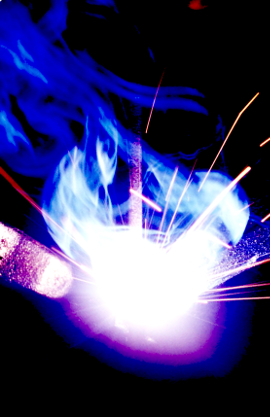Welding carries gas risk
 New research shows that most welders are exposed to high levels of hazardous fumes at work, with insufficient protective measures in place.
New research shows that most welders are exposed to high levels of hazardous fumes at work, with insufficient protective measures in place.
A first-of-its-kind Australian study, funded by the Centre for Work Health and Safety and conducted jointly by Curtin School of Population Health and the University of Sydney, has been published in the Australian and New Zealand Journal of Public Health.
It involved a survey of 634 welders and employers nationwide, focusing on their tasks, work environments, and safety practices.
The survey found that about 90 per cent of participants were exposed to welding fume, a known human carcinogen.
Of those exposed, 76 per cent faced high exposure levels. Carcinogenic metals like hexavalent chromium and nickel were also frequently present.
“Welding fume exposure has been associated with various adverse health effects, including cancer, respiratory disease, neurological disorders, and reproductive effects,” says study lead Dr Renee Carey.
She noted that many more people perform welding tasks as part of their jobs than the 60,000 formally employed as welders.
Co-author Professor Tim Driscoll pointed out that working conditions worsen the exposure risk.
Two-thirds of respondents welded in restricted spaces, and nearly half in confined areas. Almost 90 per cent leaned over their work, placing their breathing zones directly above the fume source.
Despite this, only 19 per cent reported having mechanical ventilation systems like welding booths or exhaust hoods, and nearly two-thirds in non-ventilated areas did not use air-supplied helmets.
Public Health Association Chief Executive Terry Slevin called for immediate action, comparing the situation to past efforts against asbestos and silica hazards.
“This study demands every professional welder in Australia be supplied with upgraded protective equipment to make their work as safe as humanly possible. We have the technology - now we need to ensure it is mandatory to use it in our workplaces,” he said.








 Print
Print